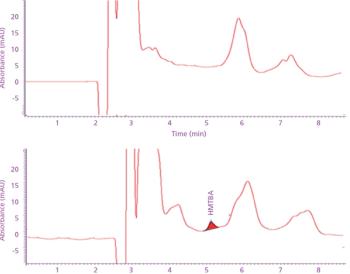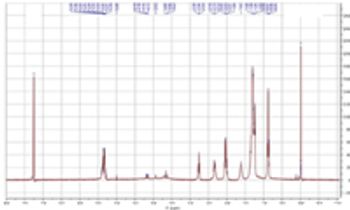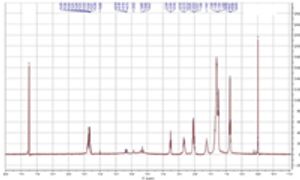Articles by Shubhen Kapila

Under a suitable thermal oxidation regime, vegetable oils yield a mixture of volatile and semivolatile organics that exhibit very high antimicrobial activities against a variety of microbial species. Volatile and semivolatile products were characterized with GC–MS using electron ionization and chemical ionization. The thermal oxidation of vegetable oils resulted in the formation of an array of short and medium-chain acids, aldehydes, and ketones that act synergistically to yield a potent antimicrobial disinfectant.

Measuring trypsin inhibitors in legumes is important to feed processors, who are concerned with providing high-quality products for
animal feed. In this study, a rapid, accurate, and precise method for the quantification of trypsin inhibitor activity is evaluated.

Simple, sensitive, rapid, selective, and precise reversed-phase liquid chromatography (LC), electrospray ionization mass spectrometry (ESI-MS), and tandem MS (ESI-MS-MS) methods were developed and validated for the determination of 2-hydroxy-4-(methylthio)-butanoic acid (HMTBA) in bovine serum and sea water matrix. HMTBA is the ?-hydroxy analog of the sulfur-containing amino acid methionine and is extensively used as a methionine supplement in poultry and bovine feed.

This article reports on the isolation, purification, and characterization of phorbol esters in Jatropha curcas seeds.








